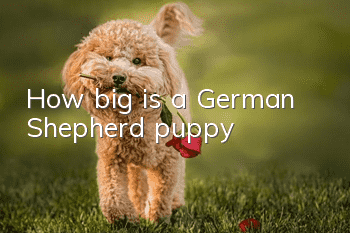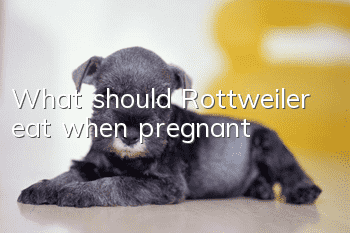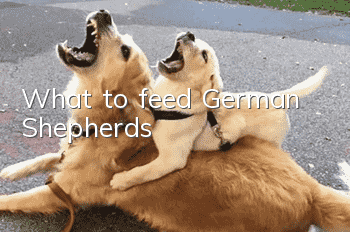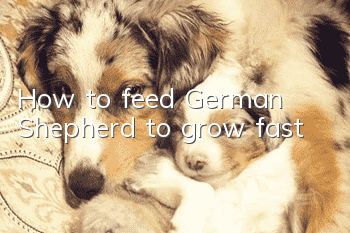How big is a German Shepherd puppy?

Baby teeth gradually grow in around 20 days.
At 4 to 6 weeks of age, the baby’s primary incisors are fully elongated.
At 2 months old, all 28 deciduous teeth have grown in, are pointed and tender white.
After 8 months of age, all teeth are replaced by permanent teeth.
1 year old, the permanent teeth are all long, white, bright and strong, with sharp protrusions on the incisors.
At 1.5 years old, the peak of the first incisor of the mandible is worn to the level of the small peak.
At 2.5 years old, the peak of the second mandibular incisor was lost.
At 3.5 years old, the peak of the maxillary first incisor was lost.
At 4.5 years old, the peak of the maxillary second incisor was lost.
At the age of 5, the peak of the third mandibular incisor is slightly worn, and at the same time, the first and second mandibular incisors are ground into a rectangular surface.
At the age of 6, the peak of the third mandibular incisor has been worn away, and the canine teeth have been ground into a blunt round shape.
At the age of 7, the third mandibular incisor was worn to the root of the tooth, and the wear surface was vertically oval.
At the age of 8, the first incisor of the mandible was worn and tilted forward.
At the age of 10, the wear surface of the first incisor of the upper jaw and the second incisor of the lower jaw were longitudinally oval.
At the age of 16, the incisors were lost and the canines were incomplete.
At the age of 20, the canine teeth fell out.
- How to grow German Shepherd hair
- How to train a German Shepherd to bite
- How to raise German Shepherd black-backed puppies
- How does a golden retriever look pregnant?
- What do you think of a purebred pug?
- How to feed German blackbacks
- How to brush Bichon’s teeth
- How to raise a Great Dane
- When do German Shepherds moult?
- How to cut puppy nails



